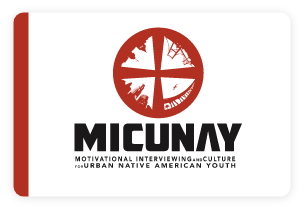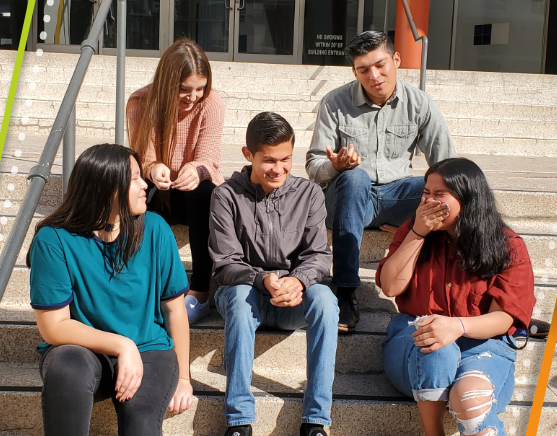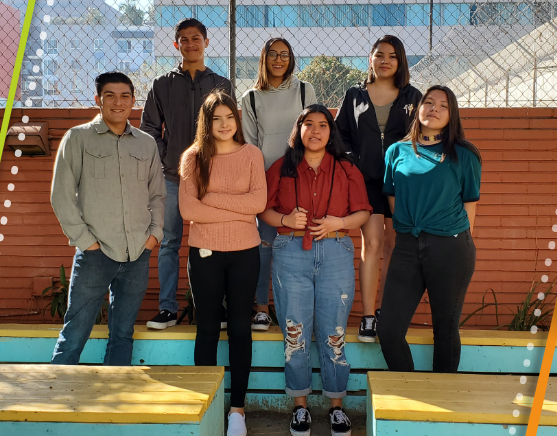
Logo designed by Robert Young (Pueblo of Acoma)
Programs > MICUNAY
The program was developed for urban American Indian/Alaska Native (AI/AN) teens aged 14-18 over a one year period with extensive feedback from the AI/AN community. MICUNAY uses the familiar concept of the Medicine Wheel, an image that most AI/AN youth know, to guide interactive discussions about these three important domains of life. Smudge ceremony, prayer, and beading are a few of the Native American traditions that are incorporated into the 2-hour workshops. Teens can begin at any workshop and end with any workshop; the workshops do not need to be attended in order.
Workshop 1 begins with opening prayer, followed by a beading activity and introduction to the Medicine Wheel. Discussion focuses on the behavioral domain and how alcohol and other drugs (AOD) can affect healthy brain functioning.
Workshop 2 emphasizes the physical domain, discussing the “path of choices” and the pros and cons of AOD use. Teens are asked to consider their own level of willingness and confidence to change behaviors, like AOD use, that may be negatively affecting them, or to maintain the path of not using substances. The preparation of Native foods is then presented to illustrate how a healthy diet can promote overall health.
Workshop 3 focuses on how AOD use can affect the spiritual aspect of life. Teens are given different risk scenarios in which they may find themselves, requiring them to make thoughtful decisions about whether to use AOD. The practice of smudging is then used to underscore the importance of cleansing the spirit of harmful influences and unhealthy thinking.
It is important to note that there was a large diversity of “starting points” for teens involved in the study with respect to cultural identity and knowledge, including mixed racial-ethnic ancestry and a range of experiences or attachments to a specific tribal background. Thus, the workshops were tailored to the level of each participant’s experience and cultural background so that all would feel welcome. The videos available for this program specifically show how teens with different cultural backgrounds can learn from the program and teach one another during the workshops.




Carrie Johnson, Ph.D.
CEO, Sacred Path Indigenous Wellness Center
San Dimas, CA

